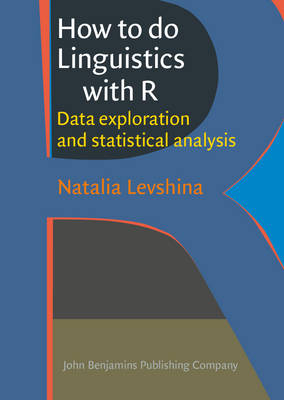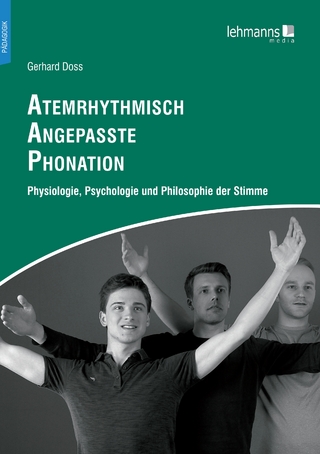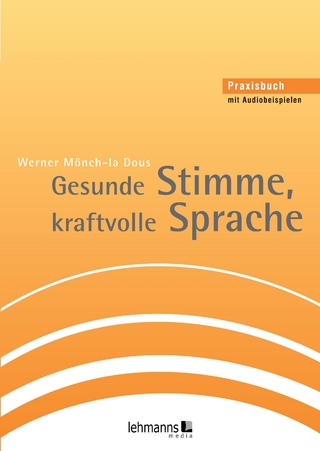
How to do Linguistics with R
John Benjamins Publishing Co (Verlag)
978-90-272-1224-5 (ISBN)
This book has a companion website: http://doi.org/10.1075/z.195.website
1. Acknowledgements; 2. Introduction; 3. Chapter 1. What is statistics?: Main statistical notions and principles; 4. Chapter 2. Introduction to R; 5. Chapter 3. Descriptive statistics for quantitative variables; 6. Chapter 4. How to explore qualitative variables: proportions and their visualizations; 7. Chapter 5. Comparing two groups: t-test and Wilcoxon and Mann-Whitney tests for independent and dependent samples; 8. Chapter 6. Relationships between two quantitative variables: Correlation analysis with elements of linear regression modelling; 9. Chapter 7. More on frequencies and reaction times: Linear regression; 10. Chapter 8. Finding differences between several groups: Sign language, linguistic relativity and ANOVA; 11. Chapter 9. Measuring associations between two categorical variables: Conceptual metaphors and tests of independence; 12. Chapter 10. Association measures: collocations and collostructions; 13. Chapter 11. Geographic variation of quite: Distinctive collexeme analysis; 14. Chapter 12. Probabilistic multifactorial grammar and lexicology: Binomial logistic regression; 15. Chapter 13. Multinomial (polytomous) logistic regression models of three and more near synonyms; 16. Chapter 14. Conditional inference trees and random forests; 17. Chapter 15. Behavioural profiles, distance metrics and cluster analysis; 18. Chapter 16. Introduction to Semantic Vector Spaces: Cosine as a measure of semantic similarity; 19. Chapter 17. Language and space: Dialects, maps and Multidimensional Scaling; 20. Chapter 18. Multidimensional analysis of register variation: Principal Components Analysis and Factor Analysis; 21. Chapter 19. Exemplars, categories, prototypes: Simple and multiple correspondence analysis; 22. Chapter 20. Constructional change and motion charts; 23. Epilogue; 24. The most important R objects and basic operations with them; 25. Main plotting functions and graphical parameters in R; 26. References; 27. Subject Index; 28. Index of R functions and packages
| Erscheint lt. Verlag | 25.11.2015 |
|---|---|
| Verlagsort | Amsterdam |
| Sprache | englisch |
| Maße | 174 x 245 mm |
| Gewicht | 995 g |
| Themenwelt | Geisteswissenschaften ► Sprach- / Literaturwissenschaft ► Sprachwissenschaft |
| Mathematik / Informatik ► Mathematik ► Computerprogramme / Computeralgebra | |
| ISBN-10 | 90-272-1224-4 / 9027212244 |
| ISBN-13 | 978-90-272-1224-5 / 9789027212245 |
| Zustand | Neuware |
| Informationen gemäß Produktsicherheitsverordnung (GPSR) | |
| Haben Sie eine Frage zum Produkt? |
aus dem Bereich


